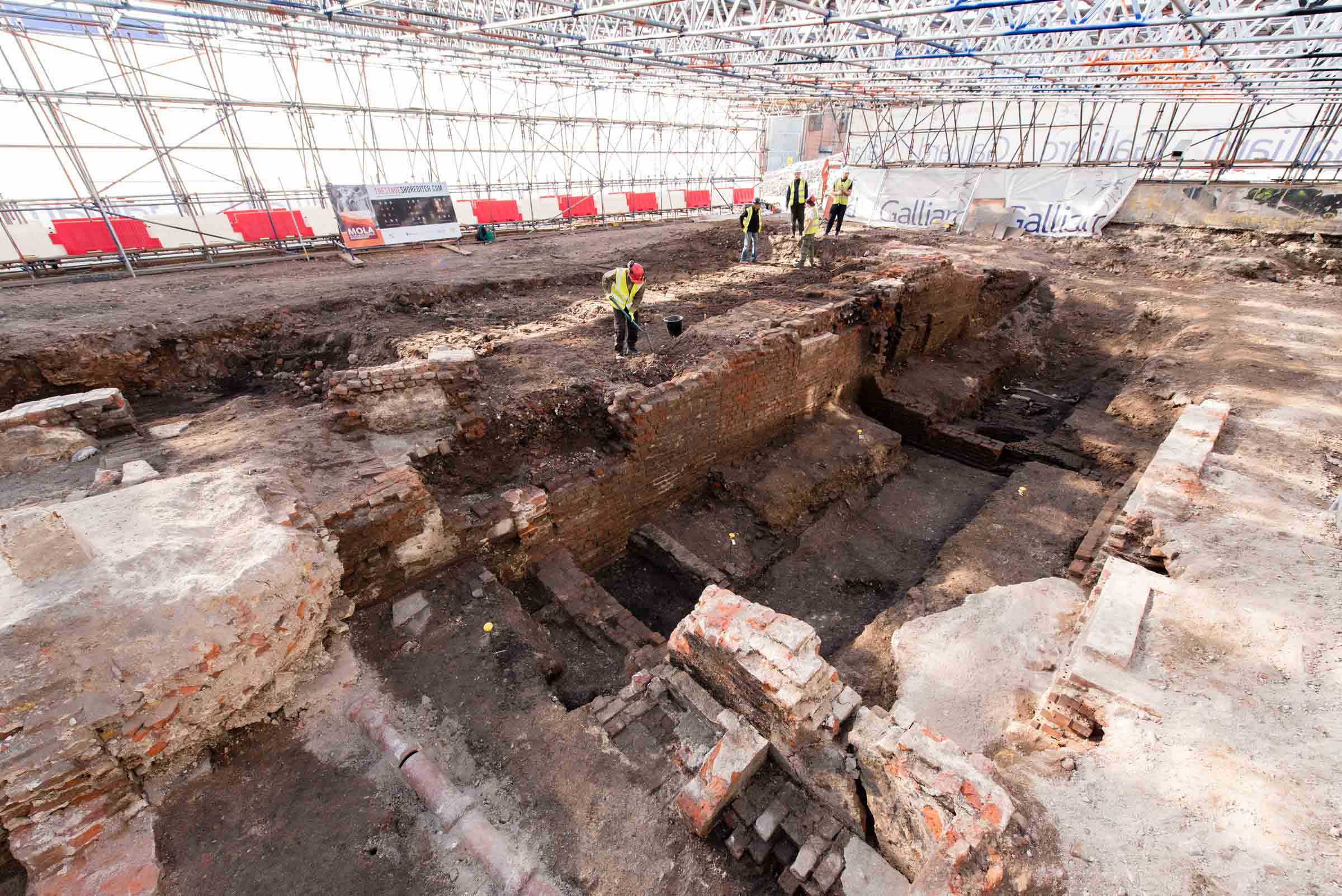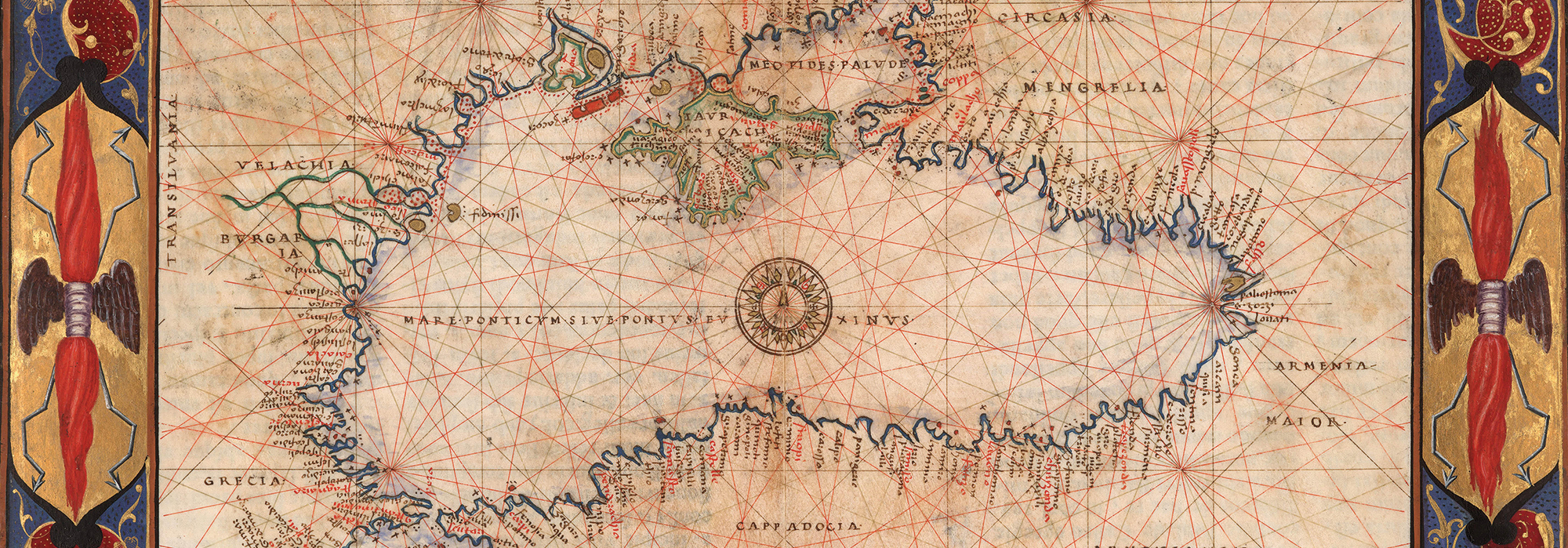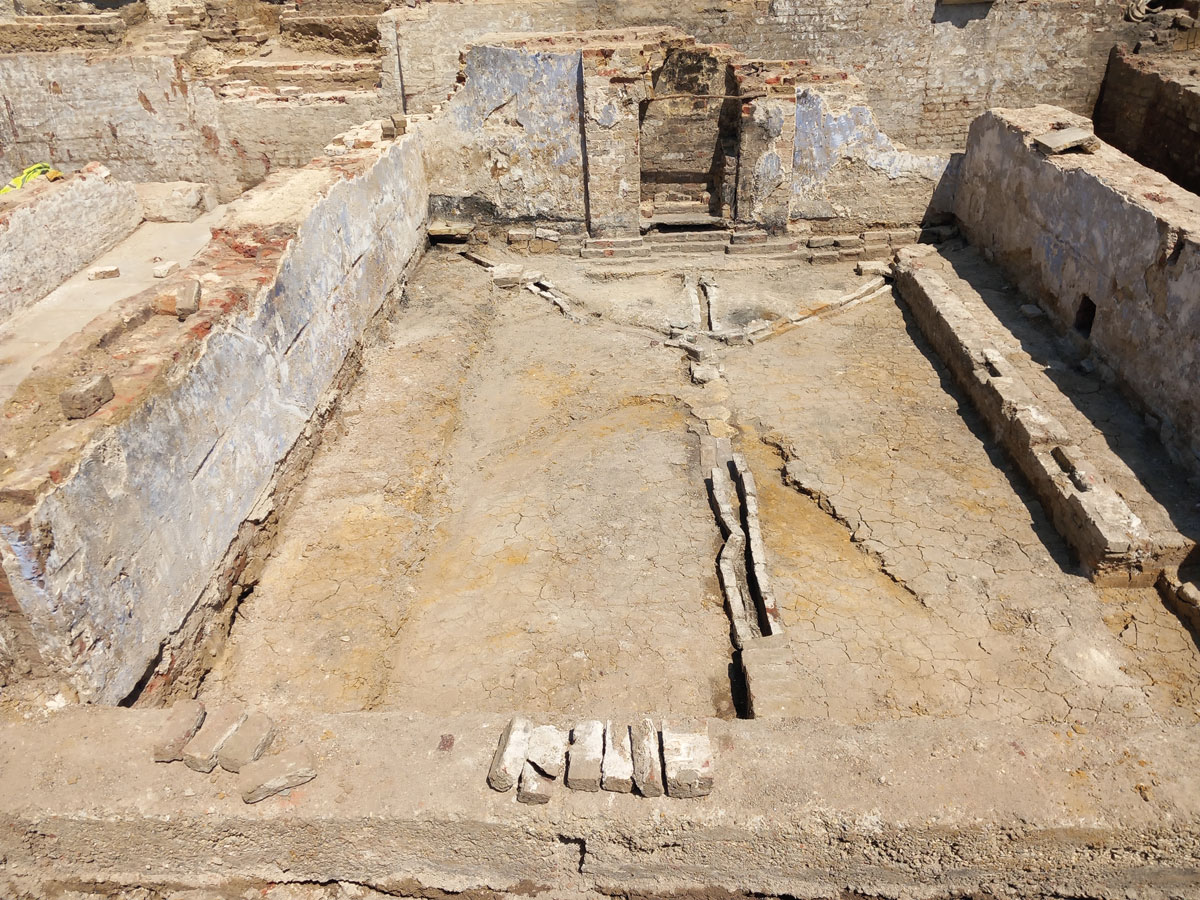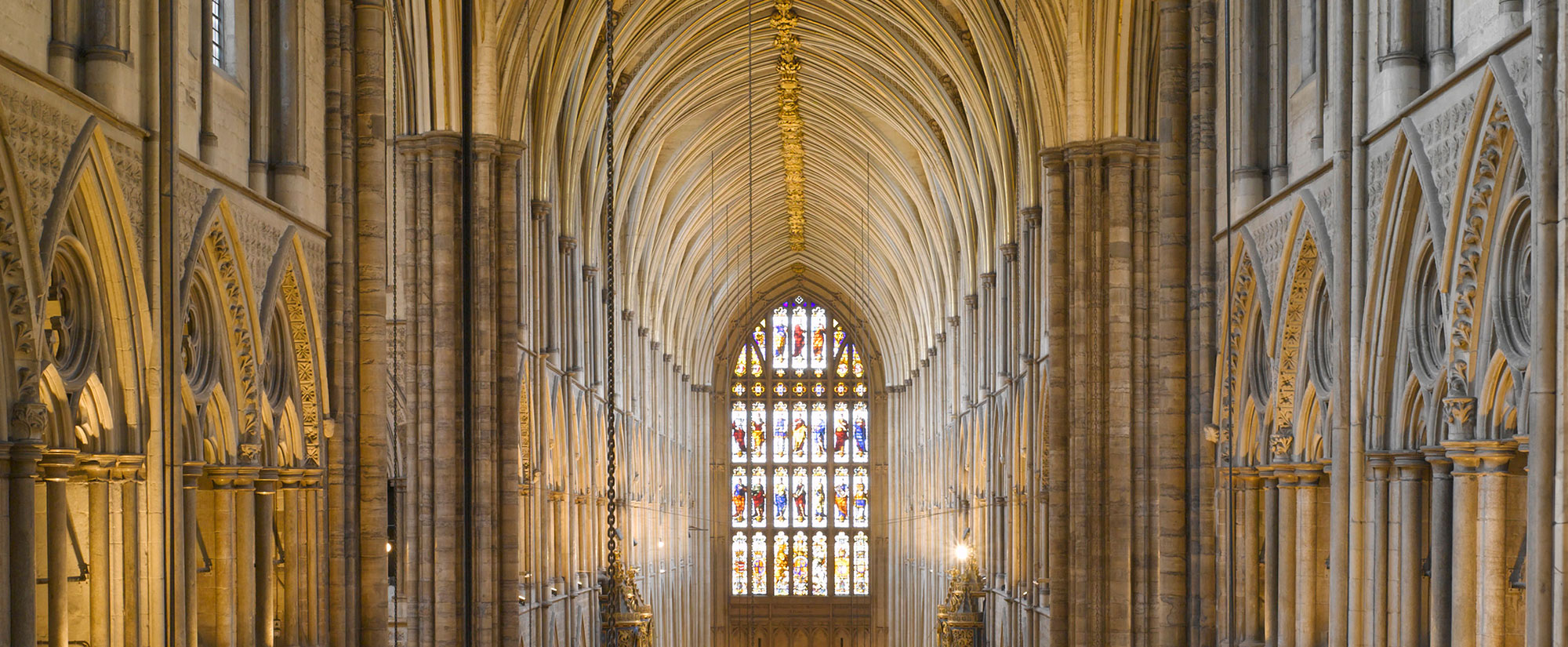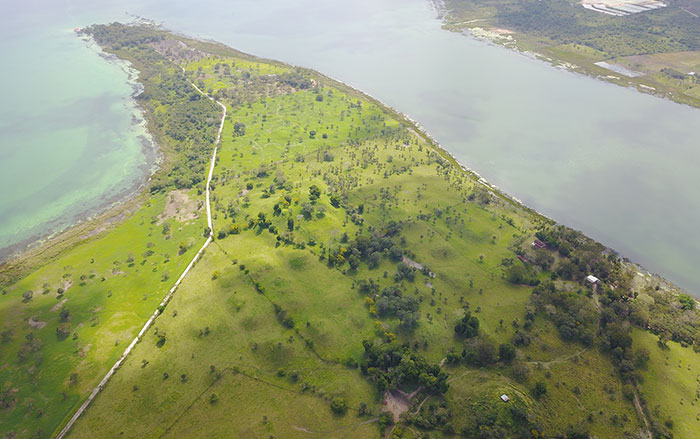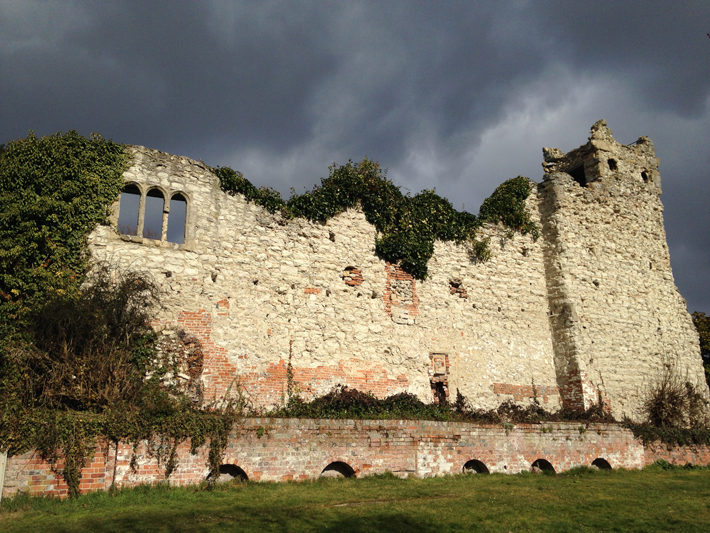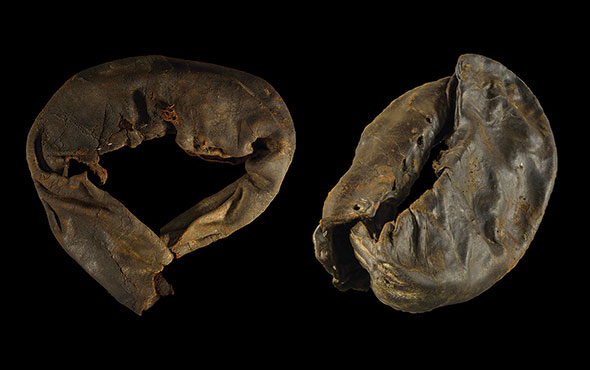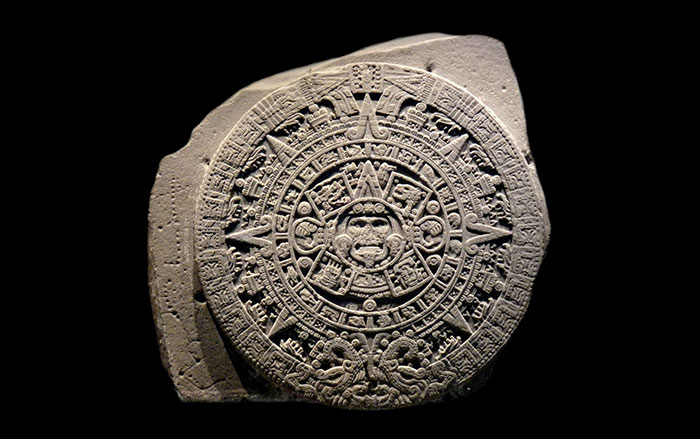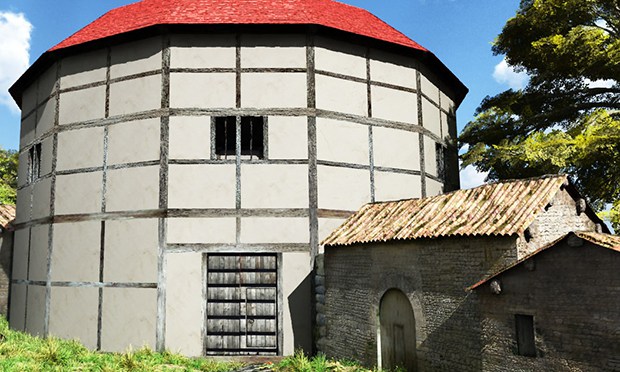
LONDON, ENGLAND— Excavations at the site of Shakespeare's original London playhouse, the Theatre, suggest that the venue was part of a large complex for theatergoers designed by sixteenth-century actor and impresario James Burbage. According to a report in The Hackney Citizen, a team from Museum of London Archaeology has uncovered sections of an expansive gravel yard surrounding the polygonal playhouse—built in 1576—where patrons could eat, drink, and socialize during long performances. Artifacts uncovered include a complete Elizabethan goblet, a unique fragment of ceramic depicting a bearded man, and pieces of money boxes used to collect entry fees. The Theatre is believed to have been the first purpose-built theater in London since Roman times. Shakespeare performed there after first arriving in the city as a young man. The venue later hosted many of his iconic works, including Romeo and Juliet, which was staged the mid-1590s when he was resident playwright. In 1598, after losing a lease to the land, Shakespeare's company dismantled the playhouse, moved the timbers across the Thames to Southwark, and built the Globe, which opened in 1599. A new development at the site will include an exhibition center where the public can see the Theatre's foundation remains in situ and view objects unearthed at the site. To read about another Shakespearean venue excavated nearby, go to "Behind the Curtain."



